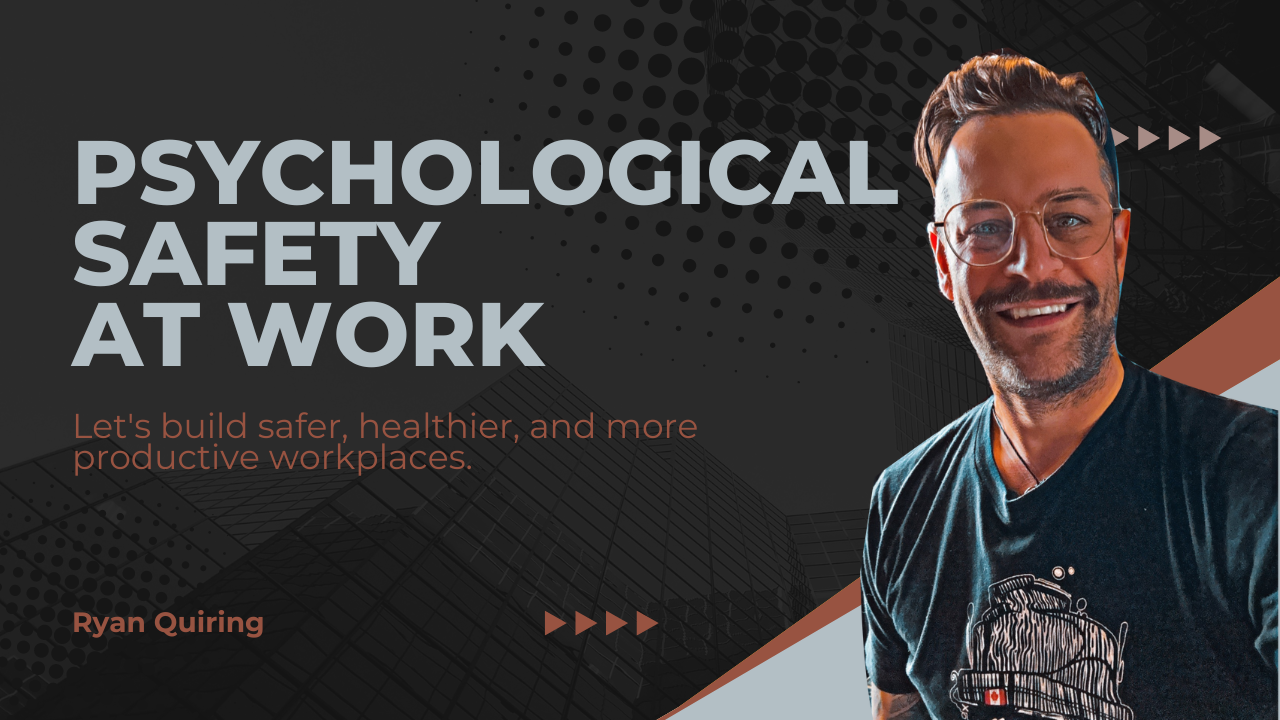Can we start by challenging a long-held misconception about leadership? We’ll explore how vulnerability, often seen as a weakness, is actually a profound source of strength for leaders.
For too long, we’ve clung to an outdated image of leadership – the infallible, all-knowing figure who never shows doubt or uncertainty. But this model of leadership is incredibly harmful. Sowed from the seeds of denial, it paints a false reality of a flawless human.
Let’s redefine leadership through the lens of vulnerability. But first, what do we mean by vulnerability in this context? It’s not about being weak or oversharing personal information. It’s actually about having the courage to show up authentically, admit when you don’t have all the answers, acknowledge mistakes, and ask for help when needed.
Now, why is this vulnerable approach so powerful?
Firstly, it builds trust. When a leader shows vulnerability, it creates a human connection. It says, “I’m just like you. I face challenges, I have doubts, I make mistakes.” This relatability fosters a deeper level of trust and respect than any amount of posturing ever could.
Secondly, vulnerability encourages innovation and creativity. When leaders admit they don’t have all the answers, it opens the floor for others to contribute. It creates a space where new ideas can flourish and where people feel safe to take risks and think outside the box.
Thirdly, vulnerable leadership promotes a culture of continuous learning. By admitting mistakes and sharing lessons learned, leaders model a growth mindset. They show that it’s okay to fail as long as we learn and improve from the experience.
Vulnerability also enhances decision-making. A comfortable leader who says, “I don’t know” or “I need input” is more likely to seek diverse perspectives before making important decisions, leading to more informed, well-rounded choices.
Plus, vulnerability in leadership fosters resilience. When we’re open about our challenges and how we’re working to overcome them, we create a culture where setbacks are seen as part of the journey, not insurmountable obstacles.
But let’s be clear—being a vulnerable leader doesn’t mean being a pushover or lacking conviction. We must be vigilant in balancing openness with boundaries, transparency with discretion, and knowing when to show uncertainty and when to provide clear direction.
So, how can we cultivate this kind of vulnerable leadership?
Start by practicing self-awareness. Understand your strengths, weaknesses, and biases. Be honest about areas where you need to grow or support.
Next, create opportunities for open dialogue. Encourage feedback, even when it’s challenging to hear. Ask your team for their ideas and perspectives. Show that you value their input.
Share your journey. Talk about challenges you’ve faced and how you’ve grown from them. When you make a mistake, own it openly and share what you’ve learned.
Demonstrate empathy. Show that you understand and care about your team’s challenges. Create a safe space for others to be vulnerable, too.
Finally, remember that vulnerability is a practice, not a destination. There will be times when it feels uncomfortable or risky. That’s okay. The goal isn’t perfection; it’s progress.
As we redefine leadership through vulnerability, we create more innovative, resilient, and human workplaces. We foster environments where people can bring their whole selves to work, diverse perspectives are valued, and collective growth is the norm.
So, I challenge you to embrace vulnerability as a strength, whether you’re in a formal leadership position or not. Share a challenge you’re facing. Ask for help when you need it. Admit when you don’t have all the answers. It might initially feel uncomfortable, but I promise you, it’s the path to more authentic, effective leadership.
Remember, true strength is having the courage to be authentic, connect, and grow. That’s the kind of leadership our world desperately needs right now.
